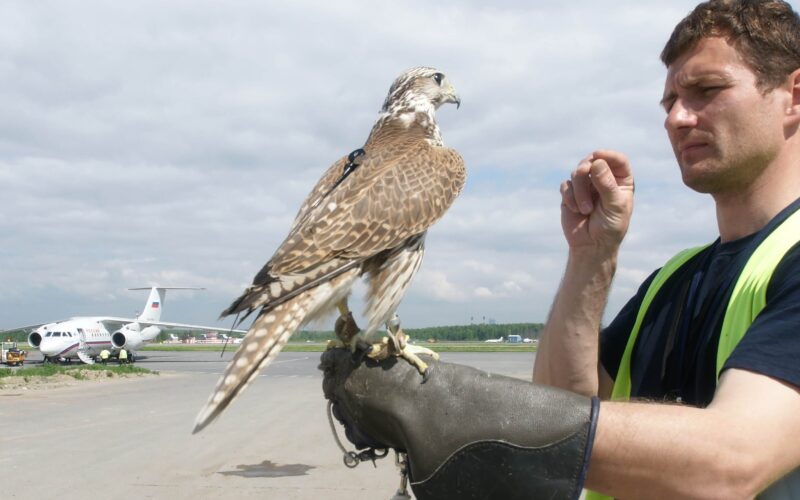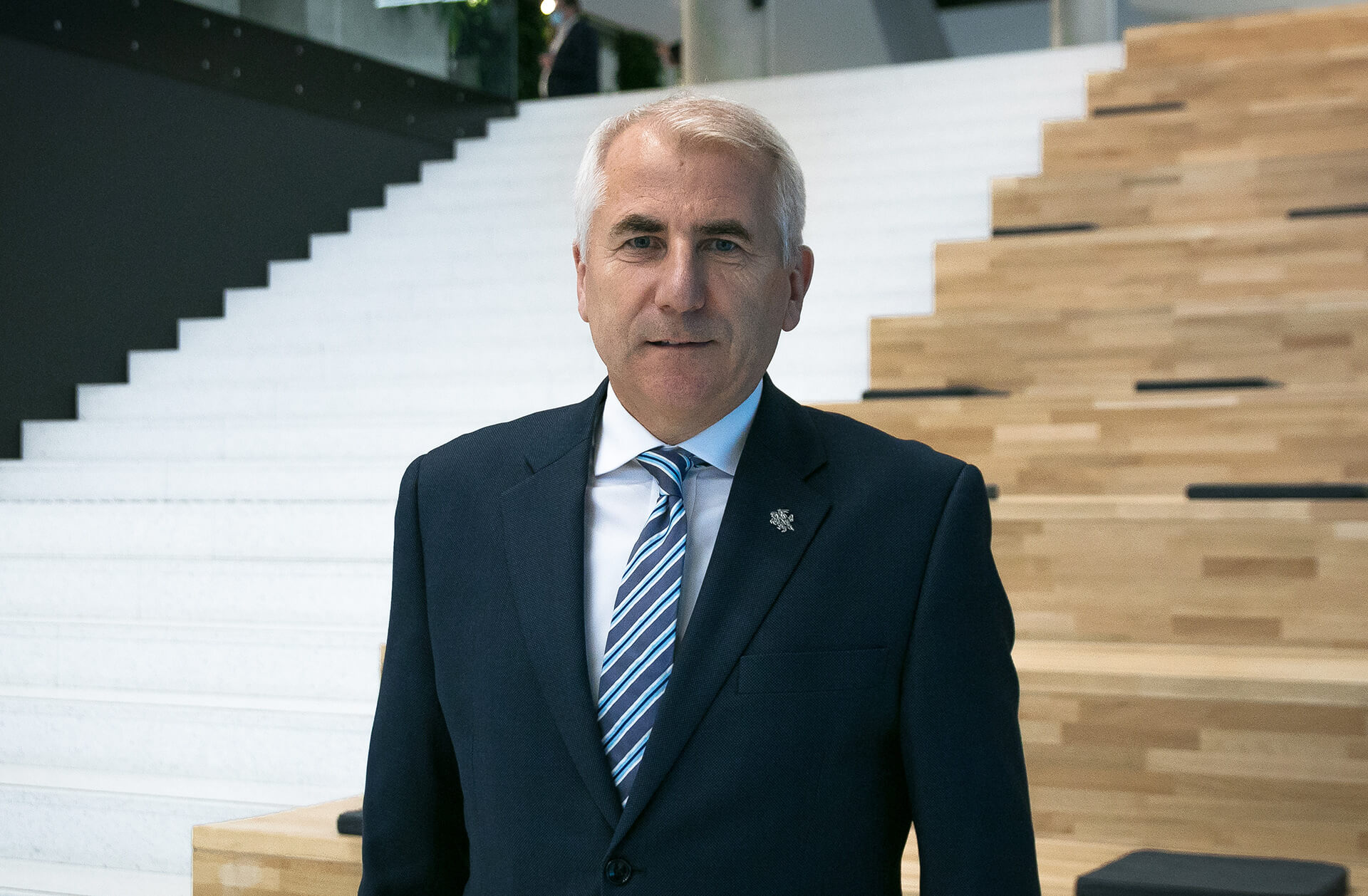For quite some time, animals have been seen as a threat and a cause of disruption at airports. Wildlife unexpectedly wandering into airport grounds would cause delays, that, in turn, would impact on flight schedules, starting a chain reaction. However, Vygaudas Usackas, Member of the Board of Directors at Avia Solutions Group, says that animals have become an important part of the aviation industry in recent years, and can help to ensure the safety of both the wildlife and the airports around the world.
“Aviation is the sort of industry where usually it would be difficult to imagine an array of animals taking care of some of the procedures. They usually had connotations of disruption and danger. But as of late, we’ve seen not only specially trained dogs and cats appear in airports across the world, but also a wider array of both domesticated and wild animals. Some of the most well-known cases of successful cooperation between animals and aviation come from a number of airports in both Europe and North America.”
Vygaudas Usackas, Member of the board of Directors and Chairman of the Aviation Safety Committee
Safety of the skies ensured by falcons
According to Usackas, a great example of such synergy has been the employment of hawks in several of Poland’s airfields and airports to keep the take-off and landing airspace clear of smaller birds.
Bird strikes – collisions between one or more smaller birds and aircraft – have long been a headache, causing serious harm to both. However, methods that were previously used to scare birds off airport grounds, have been heavily revised because they were seen to be unethical. Now, a bioethical management solution – the help of falconry – is in place at Wroclaw Airport, Poland, for example.
“As birds of prey, they circle around the airport’s territory and naturally repel any smaller birds that could fall into its talons,” explains Usackas. “The smaller birds, then, avoid flying anywhere near where the falcon’s hunting grounds are. This way, falcons ensure the safety of the runways at airports.”
Air quality officers – honeybees
Another type of winged creature that can be now found at airports is honeybees. Surprisingly, bees have caused quite a ruckus at several airports in Europe and North America over the years. Pittsburgh International Airport in the US, for example, had a swarm of thousands of bees grounding an aircraft for hours, interrupting refuelling and baggage loading.
Such disruptions, caused by travelling swarms of honeybees looking for a new home, have launched numerous projects that not only provided apiaries for the little workers but have also assisted in monitoring air quality. By housing honeybees within airport grounds, scientists are able to measure the level of toxins, heavy metals, and hydrocarbons in the honey collected, and track emissions and overall carbon footprint.
Landscaping and maintenance handled by goats
While overgrown lawns might not seem like a big threat at airports, they still invite trouble. Unkempt landscapes bring more insects that, in turn, attract small birds. Thus, airports keep such areas maintained to reduce the risk of drawing in smaller birds. However, using heavy machinery and herbicides can seriously affect the environment. Looking for more eco-friendly ways to deal with landscape maintenance, several airports, like Chicago O’Hare International Airport in the US, have turned to barn animals to take care of that.
“The O’Hare Airport is a great example of how airports are ditching herbicides and noisy machinery, instead employing goats and sheep to mow the grass in a sustainable way,” notes Usackas. “They also help to mow areas that are hard to reach by machines or the vegetation is especially thick – it’s a perfect alternative to harmful chemicals.”
However, in some airports, goats and sheep can fall prey to coyotes and dangerous snakes, so airports therefore also employ llamas or donkeys to act as bodyguards for the grass-eaters.
When it comes to animals and aviation, the two have had a rather tense relationship. Over the decades, there have been many instances of bird strikes, deer wandering onto runways, or even wild bees swarming aircraft and causing disruptions to flights. However, a number of airports have taken steps toward accepting wildlife and creating a one-of-a-kind synergy between nature and people.


